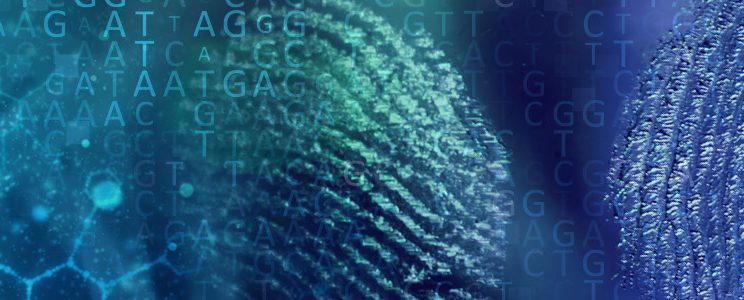Part I originally occurred on January 16, 2024
Duration: 1 hour
Part II originally occurred on January 23, 2024
Duration: 1 hour
Overview
The United States has seen the number of gun-related crimes increase significantly, with gun violence related deaths increasing by 39% from 2012 to 2021[1]. Forensic laboratories, in turn, have experienced an increase in submissions. The New York State Police experienced a 50% increase in case submissions from 2019 to 2022 and the Forensic Biology Lab of the New York City Office of the Chief Medical Examiner experienced a 535% increase in gun submissions from 2013 to 2023. Concurrently, forensic laboratories have prioritized timely forensic analysis of guns to provide critical investigative leads. Specifically, entries into the National Integrated Ballistic Information Network (NIBIN) have been prioritized and in fiscal year 2022, over 100,00 investigative leads were generated by 278 NIBIN locations and over 623,000 crime guns were traced back to their origins[2]. For analysis to be timely, the ATF implores agencies to make entries into NIBIN within 48 hours.
Finally, the efficiency of DNA processing continues to increase and laboratories are increasingly conducting DNA analysis on guns. Notably, in 2022 New York City mayor Eric Adams announced the formation of the nation’s first ever Gun Crimes Unit and in 2023 reported that the laboratory had achieved a 30-day or less turnaround time for testing and analysis of evidence from gun crimes. This widely publicized achievement, driven by a $2.5M investment and the hiring of 24 new forensic scientists[3], sets a new bar for how forensic science can drive investigations.
The convergence of increasing use of NIBIN and greater use of DNA for guns raises numerous questions and considerations for all laboratories. For example, what is the best workflow? In what order should the evidence be processed? Do additional steps need to be taken at the point of collection to better preserve the evidence? What level of coordination is required between forensic units? And, for a director, is a significant investment in a Gun Crime Program worth it?
This two-part webinar will showcase agencies that have implemented gun crime programs, highlight significant workflow modifications they have made, address questions regarding eligibility for the Combined DNA Index System (CODIS), and evaluate the return on investment in forensic examination of this crucial evidence.
[1] EveryStat | How does gun violence impact the communities you care about?
[2] ATF Crime Gun Intelligence Centers Fact Sheet
[3] Mayor Adams Announces New York City's DNA Testing Lab Achieves 30-Day Turnaround Time for Testing Gun Crime Evidence
Detailed Learning Objectives
- Attendees will learn about the best practices established by laboratories conducting both NIBIN entry and DNA analysis for CODIS entry.
- Attendees will hear how multiple agencies addressed challenges to introducing forensic examinations into the investigative process.
- Attendees will gain knowledge of the return on investment in a comprehensive forensic program for gun crimes.
Tuesday, January 16, 2024
Part I Presentations
Forensic Biology Gun Crimes Unit at NYC OCME
- Timothy Kupferschmid | Chief of Laboratories, New York City Office of Chief Medical Examiner
Beyond the Bang: The Forensic Impact of Shots Fired
- Stephanie Stoiloff | Chief, Forensic Services Division, Miami-Dade Police Department
Tuesday, January 23, 2024
Part II Presentations
An Outside of the Lab Approach to NIBIN
- Benjamin Swanholm | Assistant Crime Laboratory Administrator, Laboratory Services Bureau - Phoenix Police Department
- Jessica Ellefritz | Supervisor, Phoenix Police Department Violent Crimes Bureau - Crime Gun Intelligence Unit
The Business Case for Forensic Analysis of Guns; NIBIN and DNA
- Ray Wickenheiser | Director, New York State Police Crime Laboratory System
Related Resources
Funding for this Forensic Technology Center of Excellence webinar has been provided by the National Institute of Justice, Office of Justice Programs, U.S. Department of Justice.
The opinions, findings, and conclusions or recommendations expressed in this webinar are those of the presenter(s) and do not necessarily reflect those of the U.S. Department of Justice.
Contact us at ForensicCOE@rti.org with any questions and subscribe to our newsletter for notifications.




